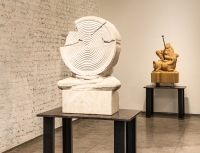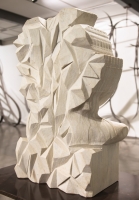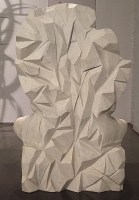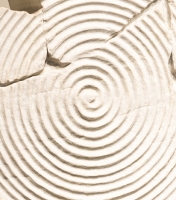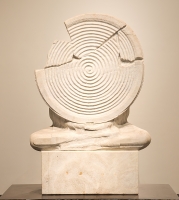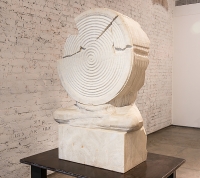107
Tolerance
2017,
Turkey marble.
26X12X38 inches,
when halo itself becomes heavier, the body cannot take its weight.
This idea was triggered from a bronze sculpture , where a protruding rod holds the halo , or prabavali in any goddess sculpture , was my first work. Then I did a series of works based on that idea. Man carrying Halo, man with Halo , Man with Hole are a few of them.
(A halo [from Greek ἅλως, halōs;[1] also known as a nimbus, aureole, glory, or gloriole] is a ring of light that surrounds a person in art. They have been used in the iconography of many religions to indicate holy or sacred figures, and have at various periods also been used in images of rulers or heroes. In the sacred art ofAncient Greece, Ancient Rome, Hinduism, Buddhism, Islam and Christianity, among other religions, sacred persons may be depicted with a halo in the form of a circular glow, or in Asian art flames, around the head, or around the whole body, this last often called a mandorla. Halos may be shown as almost any colour, but as they represent light are most often depicted as golden, yellow, white, or red when flames are depicted.)
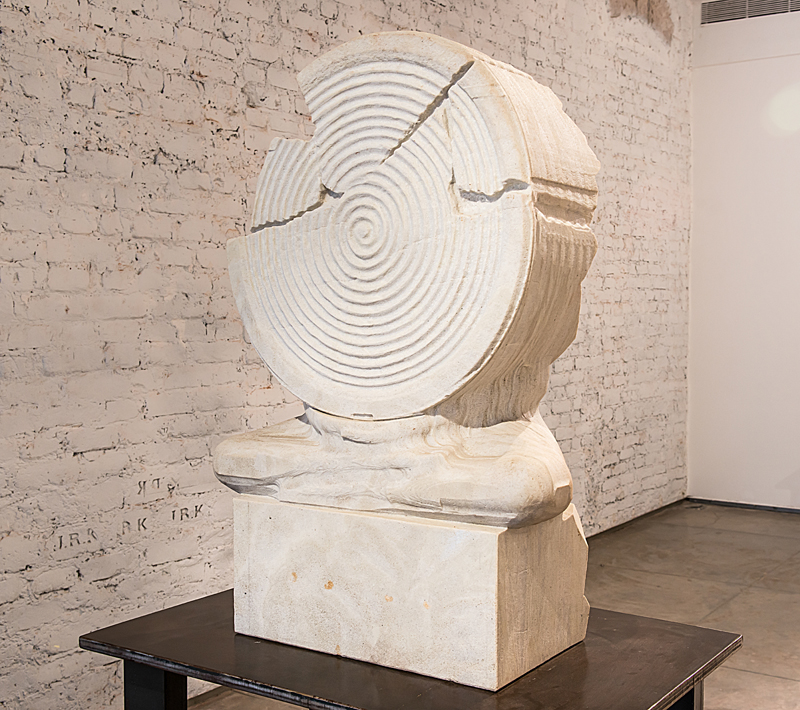
photowork
